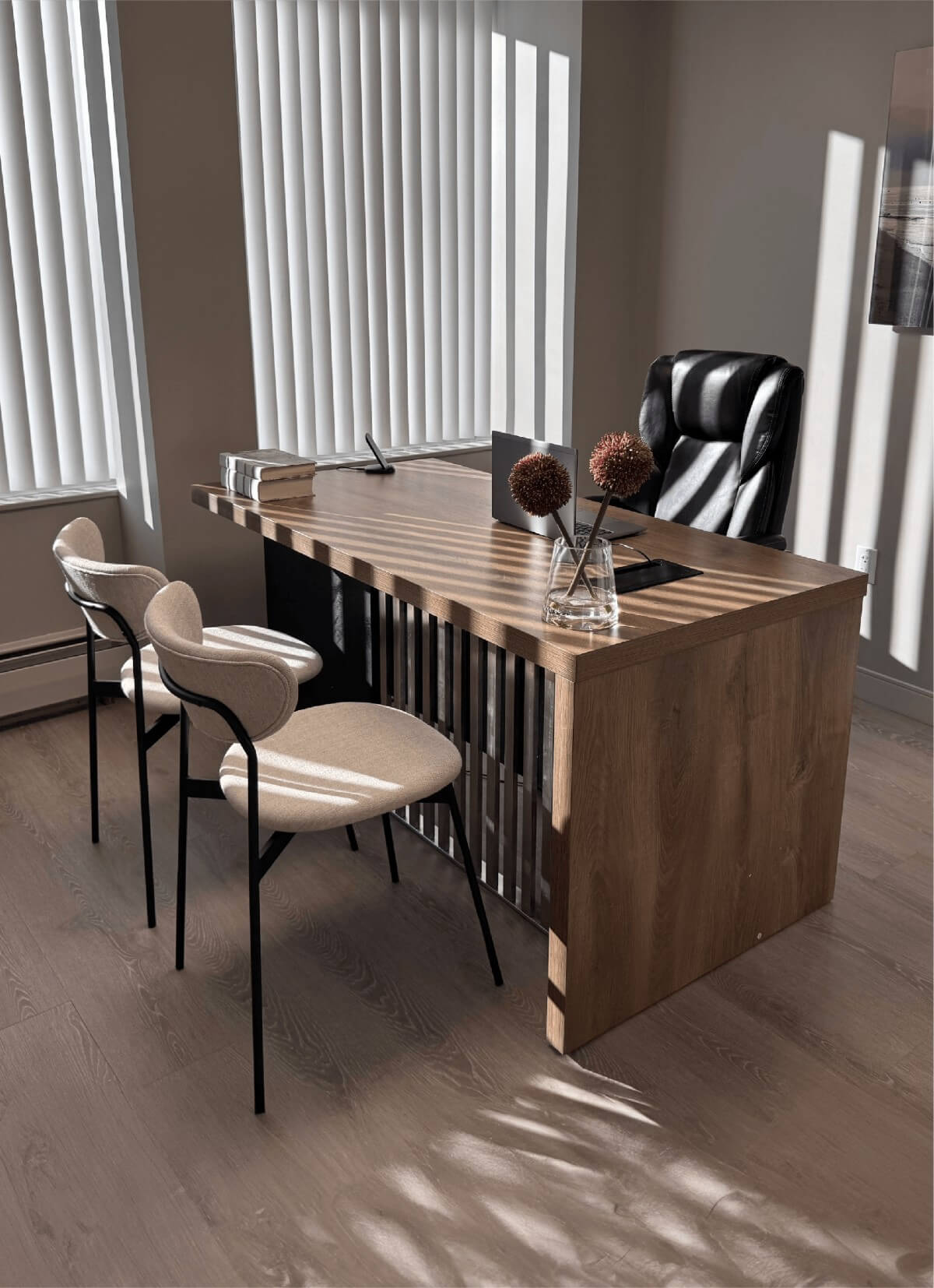Navigating PTSD Treatment: Finding the Right Approach for You


Renue Wellness
July 1, 2025
Understanding PTSD and the Need for Personalized Treatment
Post-Traumatic Stress Disorder (PTSD) is a serious mental health condition that can develop after experiencing or witnessing a traumatic event. Symptoms may include flashbacks, intrusive thoughts, heightened anxiety, emotional numbness, and difficulty sleeping. Because PTSD affects each person differently, finding the right treatment approach is crucial for long-term recovery.
At Renue Wellness in New Hyde Park, NY, we specialize in advanced PTSD treatments, including ketamine infusion therapy, to help individuals regain stability and healing.
Exploring PTSD Treatment Options
An effective PTSD treatment plan should be multifaceted, addressing both emotional and neurological aspects of trauma recovery. Here are some of the most effective treatments available:
1. Ketamine Infusion Therapy for PTSD
- How It Works: Ketamine promotes neuroplasticity, allowing the brain to process and heal from trauma more effectively.
- Why It’s Effective: Many patients experience rapid relief from PTSD symptoms, including reduced flashbacks and emotional reactivity.
- Who It’s For: Individuals with treatment-resistant PTSD or those who haven’t responded to traditional therapies.
2. Psychotherapy and Trauma Processing
- Cognitive Behavioral Therapy (CBT): Helps individuals identify and reframe negative thought patterns.
- Eye Movement Desensitization and Reprocessing (EMDR): Uses guided eye movements to help reprocess traumatic memories and lessen their emotional impact.
- Somatic Therapy: Focuses on releasing trauma stored in the body through breathwork, movement, and mindfulness.
3. Medication Management
- SSRIs and SNRIs: Commonly prescribed for PTSD-related depression and anxiety.
- Mood Stabilizers and Beta Blockers: May be used to help regulate stress responses and intrusive thoughts.
Lifestyle Changes to Support PTSD Recovery
Beyond medical treatment, daily self-care and wellness practices can enhance PTSD management and improve overall well-being.
1. Mindfulness and Relaxation Techniques
- Practices such as deep breathing, progressive muscle relaxation, and guided meditation help regulate the nervous system.
- Reduces hypervigilance and anxiety episodes.
2. Healthy Sleep Habits
- PTSD often disrupts sleep, leading to insomnia and frequent nightmares.
- Creating a structured nighttime routine and avoiding stimulants before bed can support better rest.
3. Nutrition and Physical Activity
- Regular exercise and a nutrient-rich diet support brain function and emotional resilience.
- Avoiding excessive caffeine and alcohol can help regulate stress responses.
Finding the Right PTSD Treatment at Renue Wellness
At Renue Wellness in Long Island, NY, we understand that PTSD is not a one-size-fits-all condition. Our clinic provides individualized treatment plans, combining ketamine therapy and psychotherapy integration to help patients achieve lasting relief.
What to Expect at Renue Wellness
- Comprehensive Evaluation: A full assessment of your symptoms and history to determine the best treatment approach.
- Personalized PTSD Treatment Plan: Tailored care combining medical and therapeutic interventions.
- Supportive, Professional Environment: Our team is dedicated to providing compassionate, patient-centered care.
Take the First Step Toward Healing
PTSD recovery is possible with the right treatment plan. At Renue Wellness in New Hyde Park, NY, we offer cutting-edge PTSD treatments to help individuals in Long Island and NYC reclaim their mental well-being.
Contact us today to explore how our specialized PTSD treatments can support your healing journey.
Visit Renue Wellness to learn more about our PTSD treatment options.
Located in New Hyde Park, NY – Providing expert, evidence-based PTSD care to help you regain stability and peace of mind.
Recent Posts
Conditions Treated
AnxietyDepressionOCDPTSDPostpartum DepressionPain ManagementSubstance AbuseSuicidal IdeationOur Location


